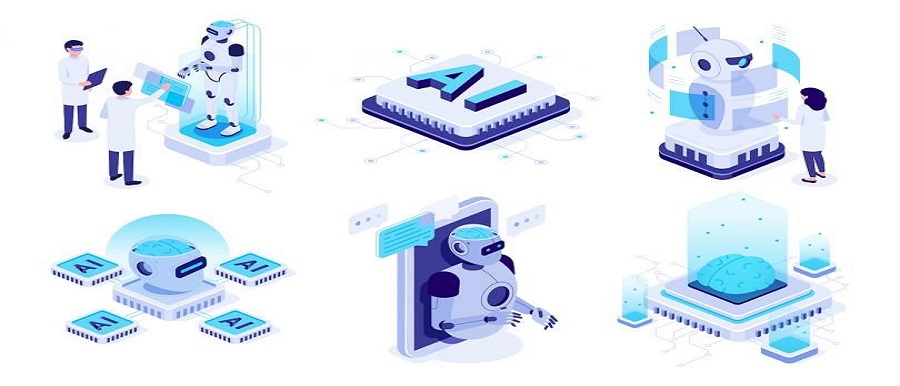
All but the simplest human behaviour is ascribed to intelligence, while even the most complicated insect behaviour is never taken as an indication of intelligence. What is the difference? Consider the behaviour of the digger wasp, Sphex ichneumoneus. When the female wasp returns to her burrow with food, she first deposits it on the threshold, checks for intruders inside her burrow, and only then, if the coast is clear, carries her food inside. The real nature of the wasp’s instinctual behaviour is revealed if the food is moved a few inches away from the entrance to her burrow while she is inside: on emerging, she will repeat the whole procedure as often as the food is displaced. Intelligence—conspicuously absent in the case of Sphex—must include the ability to adapt to new circumstances.
Psychologists generally do not characterize human intelligence by just one trait but by the combination of many diverse abilities. Research in AI has focused chiefly on the following components of intelligence: learning, reasoning, problem solving, perception, and using language.
Penetration testing and WAFs are exclusive, yet mutually beneficial security measures. For many kinds of pen-testing (with the exception of blind and double-blind tests), the tester is likely to use WAF data, such as logs, to locate and exploit an application’s weak spots. In turn, WAF administrators can benefit from pen-testing data. After a test is completed, WAF configurations can be updated to secure against the weak spots discovered in the test. Finally, pen-testing satisfies some of the compliance requirements for security auditing procedures, including PCI DSS and SOC 2. Certain standards, such as PCI-DSS 6.6, can be satisfied only through the use of a certified WAF. Doing so, however, doesn’t make pen testing any less useful due to its aforementioned benefits and ability to improve on WAF configurations. Penetration testing may be the most visible component of what network security auditors do, but the reality is that all cybersecurity professionals engage in near-constant cycles of assessment and testing. This makes learning to assess risk and defend against it a critically important part of any cybersecurity degree program
Read Morevulnerability assessment is responsible for highlighting security weaknesses in computer systems, applications (web, mobile, etc.), and network infrastructures. It offers an organization a clearer understanding of its network environment and provides information on the security flaws in it. The primary goal of a network vulnerability assessment is to reduce the probability that cybercriminals will find the weaknesses in your network and exploit them, thus causing DDoS or stealing your sensitive data.Network vulnerability assessment is carried out to superficially identify main problems due to which the organization would not be able, for example, to meet security standards (Health Insurance Portability and Accountability Act (HIPAA) if it concerns the healthcare industry, Payment Card Industry Data Security Standard (PCI DSS) if it concerns banking and finance) and carry out their business operations.In case no compliance is needed, a vulnerability assessment can be performed according to the Open Web Application Security Project (OWASP) classification, which features a list of the most critical types of vulnerabilities.The tasks of vulnerability assessment are the following:Identification, quantification, and ranking of vulnerabilities found in network infrastructure, software and hardware systems, applications.Explaining the consequences of a hypothetical scenario of the discovered security ‘holes’.Developing a strategy to tackle the discovered threats.Providing recommendations to improve a company’s security posture and help eliminate security risks.
Read More